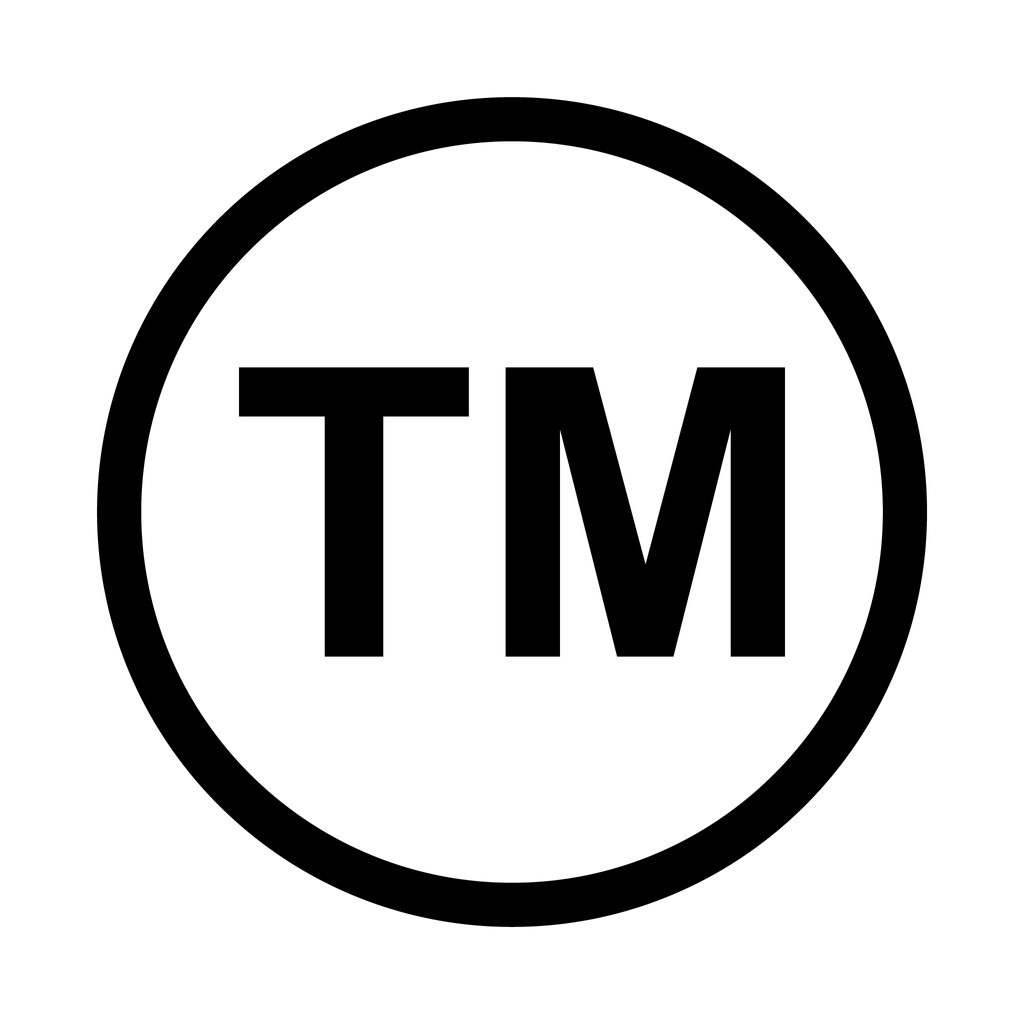New USPTO Trademark Requirement Will Lead to More Fraudulent Notices

The U.S. Patent and Trademark Office (“USPTO”) recently implemented a new requirement for trademark applicants and registrants which mandates that all new applications and post-registration maintenance filings include a valid, internal email address for the trademark owner. Because this email address will be a matter of public record in the USPTO’s electronic database, trademark clients are likely to receive unsolicited and potentially fraudulent emails in connection with their marks and are advised to take precautions.
Then and Now
In the past, the USPTO required a postal address for all applicants but only requested, without requiring, an applicant email address. Fraudulent entities with misleadingly official-sounding names (e.g., “Intellectual Property Agency” and “Patent & Trademark Bureau”) for years have been scraping the database for addresses and bombarding trademark owners with fake notices demanding payments. These notices are typically in the form of invoices regarding recently filed trademark applications or renewals of existing trademark registrations that often contain erroneous due dates and grossly inflated fees. Unfortunately, many trademark owners are caught off guard and end up paying such invoices under the belief that they have been sent by the USPTO and are required to obtain or maintain rights.
Because of the prevalence of such fraudulent mailings, many attorneys have opted not to include client email addresses when making filings with the USPTO to avoid even more fraudulent communications reaching unwary clients. This means of protecting clients, however, is no longer available.
The new requirement for email addresses is part of the USPTO’s effort to crack down on an increasing number of fraudulent trademark applications filed, largely, by foreign applicants. Unfortunately, the USPTO’s efforts to tackle one form of fraud is likely to lead to an increase in another form of fraud; and we expect to see an increase in the number of fraudulent notices received by clients, perhaps dramatically so now that the expense of printing and mailing physical notices has been done away with.
Protect Yourself with 5 Simple Steps
To satisfy the USPTO’s email requirement while protecting yourself from fraud, we recommend five simple steps:
- Create a centralized, internal email address for the sole purpose of submitting to the USPTO (e.g., trademarks@yourdomain.com) and include your attorney on the distribution list to ensure regular monitoring.
- Educate anyone included on the email distribution list (or anyone who might otherwise receive such notices, whether by email or on paper) on how to identify and handle potential scams. Everyone on the distribution list should understand that the USPTO will never send an invoice to the trademark owner and that any USPTO fees, if required, are payed through the USPTO website (at USPTO.gov) when filings are made.
- Continue to educate yourself and your employees on the risks by reviewing the USPTO’s detailed warning regarding misleading notices, which includes a running list of known fraudulent entities.
- If you are working with a trademark attorney, never pay an invoice for trademark-related services that did not come from your attorney without consulting your attorney first.
- Do not respond to unsolicited notices regarding your existing trademark registrations. If you have a question about renewal of your trademark rights, contact your trusted trademark attorney. At Patent GC, we typically track renewal dates for our clients and will contact clients ahead of any deadlines.
If you have any questions about the USPTO’s new rule, please contact Wade Savoy at wsavoy@patentgc.om or request more information by visiting our Contact Us page.
